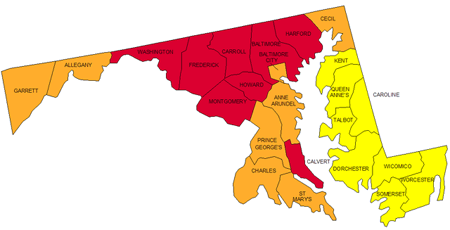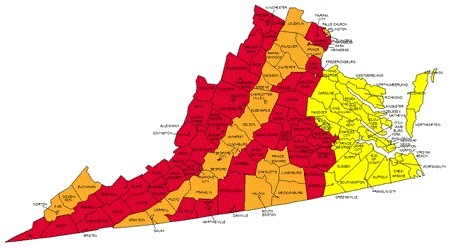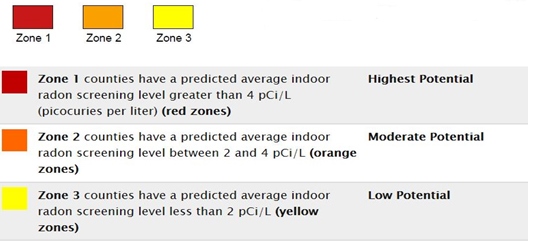COUNTY COUNCIL
FOR MONTGOMERY COUNTY, MARYLAND
Montgomery County Code Chapter 40, Real Property Section 40-13C
1. Require the seller of a single-family home to test for radon [[and give]] or permit the
buyer to perform a test on the property; [[a copy of the radon test results]];
2. establish certain exceptions to testing for radon;
[[2]] (3) require the test results to be provided to both the seller [[to provide]] and the
buyer [[with an estimate to reduce radon under certain circumstances]]; and
[[2]] (4) generally amend the law governing the sale of a single-family home in the
County.
Maryland Radon Testing
Effective date.
This Act takes effect on October 1, 2016.
Radon Testing
Advanced Pro Inspections (API) is certified with the National Radon Safety Board (NRSB) http://www.nrsb.org/to perform radon testing in Maryland, Northern Virginia, and the District of Columbia including Rockville, Potomac, Bethesda, Chevy Chase, Germantown, Frederick, Silver Spring, Gaithersburg, Washington DC, Fairfax, Arlington, and Mclean and surrounding areas.
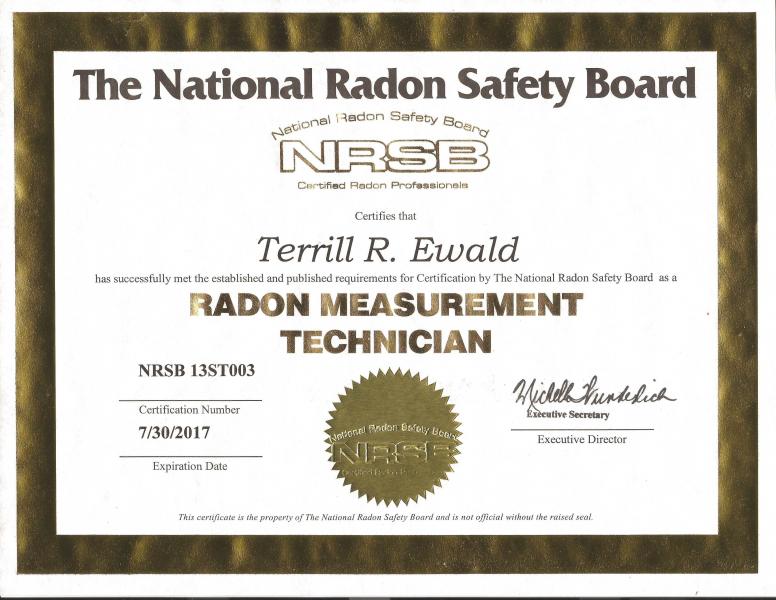
Tamper Resistant Features for Your Protection
The EPA strongly urges the use of tamper resistant techniques when conducting a radon test in the context of a real estate transaction. Advanced Pro Inspections uses Radalink's TeleMonitor system with temper resistant sensors built in to the device. All Radalink monitors are equipped with a tilt sensor that will log any time the monitor is moved and a power sensor that will record if the power source changes from AC to battery and back to AC.
Hourly readings of the radon concentration, temperature, relative humidity, and barometric pressure will record any unusual fluctuations resulting from Protocol violations. In other words, it is extremely difficult to compromise a Radalink test without being caught.
The EPA has some very good information on radon: http://www.epa.gov/radon.
Consumer's Guide to Radon Reduction: http://www.epa.gov/radon
Home Buyer's and Seller's Guide to Radon: http://www.epa.gov/radon
Radon Resources: http://radonresources.com/resources/
Why is radon the public health risk?
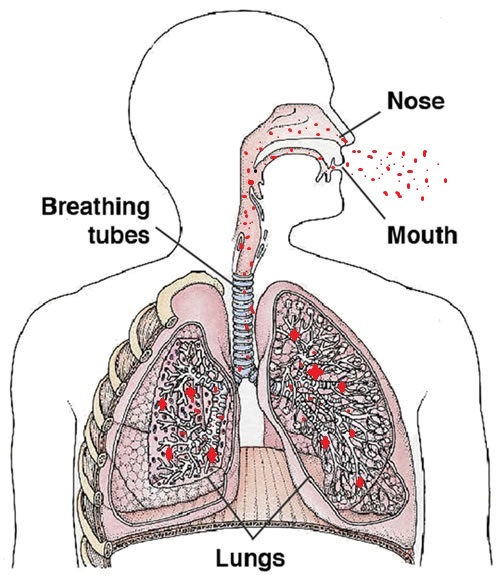
Read EPA's Citizen's Guide to Radon: The Guide to Protecting Yourself and Your Family from Radon
EPA estimates that about 21,000 lung cancer deaths each year in the U.S. are radon-related. Exposure to radon is the second leading cause of lung cancer after smoking. Radon is an odorless, tasteless and invisible gas produced by the decay of naturally occurring uranium in soil and water. Radon is a form of ionizing radiation and a proven carcinogen. Lung cancer is the only known effect on human health from exposure to radon in air. Thus far, there is no evidence that children are at greater risk of lung cancer than are adults.
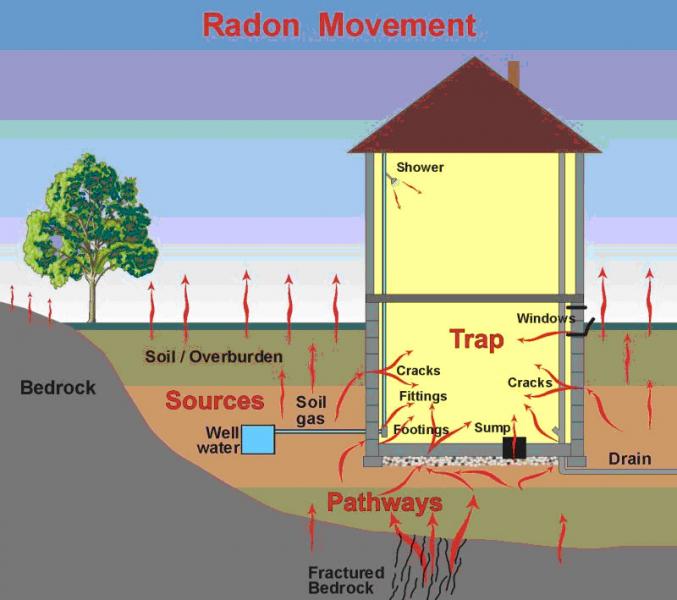 Radon is found in outdoor air and in the indoor air of buildings of all kinds. EPA recommends homes be fixed if the radon level is 4 pCi/L (picocuries per liter) or more. Because there is no known safe level of exposure to radon, EPA also recommends that Americans consider fixing their home for radon levels between 2 pCi/L and 4 pCi/L. The average radon concentration in the indoor air of America's homes is about 1.3 pCi/L. It is upon this level that EPA based its estimate of 21,000 radon-related lung cancers a year upon. It is for this simple reason that EPA recommends that Americans consider fixing their homes when the radon level is between 2 pCi/L and 4 pCi/L. The average concentration of radon in outdoor air is .4 pCi/L or 1/10th of EPA's 4 pCi/L action level.
Radon is found in outdoor air and in the indoor air of buildings of all kinds. EPA recommends homes be fixed if the radon level is 4 pCi/L (picocuries per liter) or more. Because there is no known safe level of exposure to radon, EPA also recommends that Americans consider fixing their home for radon levels between 2 pCi/L and 4 pCi/L. The average radon concentration in the indoor air of America's homes is about 1.3 pCi/L. It is upon this level that EPA based its estimate of 21,000 radon-related lung cancers a year upon. It is for this simple reason that EPA recommends that Americans consider fixing their homes when the radon level is between 2 pCi/L and 4 pCi/L. The average concentration of radon in outdoor air is .4 pCi/L or 1/10th of EPA's 4 pCi/L action level.
Unfortunately, many Americans presume that because the action level is 4 pCi/L, a radon level of less than 4 pCi/L is "safe". This perception is altogether too common in the residential real estate market. In managing any risk, we should be concerned with the greatest risk. For most Americans, their greatest exposure to radon is in their homes; especially in rooms that are below grade (e.g., basements), rooms that are in contact with the ground and those rooms immediately above them.
